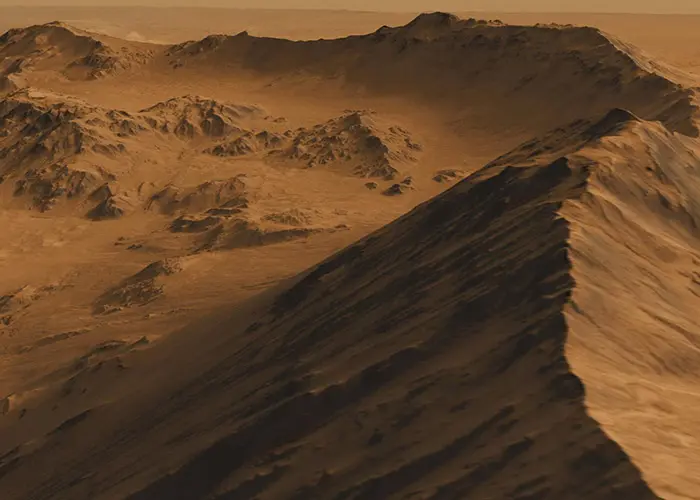
NASA has released several new documents updating its Moon to Mars architecture. The roadmap sets NASA on course for long-term lunar exploration under the Artemis campaign in preparation for future crewed missions to Mars.
Following an Architecture Concept Review, the 2024 updates include a revision of NASA’s Architecture Definition Document which details technical approaches and processes of the agency’s exploration plans, an executive overview, and 12 new white papers on key Moon to Mars topics.
“NASA’s Architecture Concept Review process is critical to getting us on a path to mount a human mission to Mars,” said NASA Associate Administrator Jim Free. “We’re taking a methodical approach to mapping out the decisions we need to make, understanding resource and technological trades, and ensuring we are listening to feedback from stakeholders.”
One newly released white paper highlights NASA’s decision to use fission power as the primary source of power on the Martian surface to sustain crews – the first of seven key decisions necessary for human Mars exploration. Fission power is a form of nuclear power unaffected by day and night cycles or potential dust storms on Mars.
New additions this year also include a broader, prioritised list of key architecture decisions that need to be made early in NASA’s plans to send humans to the Red Planet. Two new elements are now part of the agency’s Moon to Mars architecture – a lunar surface cargo lander and an initial lunar surface habitat.
The lunar surface cargo lander will deliver logistics items, science and technology payloads, communications systems, and more. The initial surface habitat will house astronauts on the lunar surface to extend the crew size, range, and duration of exploration missions and enable crewed and uncrewed science opportunities.
The newest revision of the Architecture Definition Document adds more information about NASA’s decision road mapping process – how the agency decides which decisions must be made early in the planning process based on impacts to subsequent decisions – and a list of architecture-driven opportunities that help technology development organisations prioritise research into new technologies that will enable the Moon to Mars architecture.
“Identifying and analysing high-level architecture decisions are the first steps to realizing a crewed Mars exploration campaign,” said Catherine Koerner from NASA’s Exploration Systems Development Mission Directorate. “Each yearly assessment cycle as part of our architecture process is moving us closer to ensuring we have a well thought out plan to accomplish our exploration objectives.”
NASA’s Moon to Mars architecture approach incorporates feedback from US industry, academia, international partners, and the NASA workforce. The agency typically releases a series of technical documents at the end of its annual analysis cycle, including an update of the Architecture Definition Document and white papers that elaborate on frequently raised topics.





